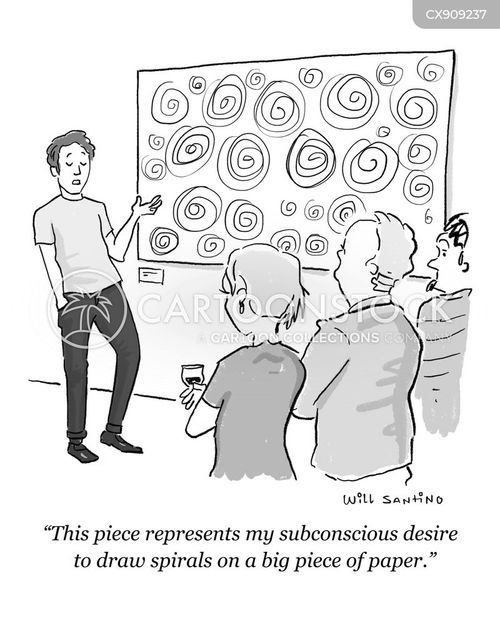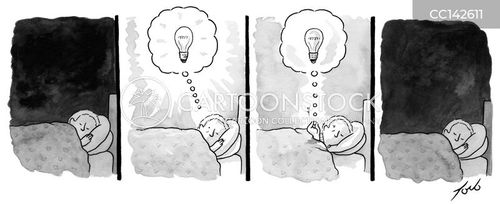What Is The Difference Between Our Conscious And Subconscious

How often do you hear the word “subconscious”? You can encounter it in such phrases as: on the subconscious level, he has done it subconsciously, etc... But what do these phrases really mean? What is the subconscious responsible for in our minds and our lives? Is it possible that the subconscious has more influence on us?
What is our consciousness responsible for? Consciousness is the activity of the brain responsible for emotions, thoughts and behavior. In this part of our mental activity reason and logic are involved. Consciousness covers all types of planned behavior that a person performs in his life. The task of consciousness is to be fully aware of the actions taking place.
And how is the subconscious different? The subconscious, on the other hand, can be described as a behavior in which reason and logic do not operate, but rash and involuntary actions are taken. Actions such as speaking, making decisions, and solving problems are carried out by consciousness. The subconscious mind plays a large role in the general behavior of people, for example, in creativity, daydreaming, memory storage, willpower, self-confidence or feelings of love. All kinds of actions that people perform thoughtlessly represent the subconscious, and unless there is a specific order from the conscious, all actions are directed by the subconscious.
The subconscious is a state where the mental phases are different from the state of consciousness. The subconscious mind is very active because it works together with the nervous system. All the emotions, worries and unconscious actions such as being unhappy, scared, feeling anxiety, being happy or satisfied and habits experienced by a person are recorded by the subconscious mind. Here are examples of some kinds of actions that are done without thinking: building a wall by a mason, cleaning by a maid, or walking to get from one place to another. This can be compared to how an automatic pilot flies an airplane.

Understanding the subconscious and how it works is very important for understanding mental processes. Let’s try mentioning the main characteristics of the subconscious mind.
The subconscious mind is constantly awake and working. In everyday life, the subconscious mind records events that are not perceived by the mind. An example of this is the fact that when you fall asleep while watching television, you can become aware of the programs that run on TV
The subconscious mind can also help you solve problems. In moments of problems or stress experienced by a person, the subconscious mind perceives the situation as a problem and tries to solve it quickly.
The subconscious is also trained for the continuation of habits. In order for a movement to become a habit, it must be repeated constantly. Although at first the conscious mind constantly repeats complex and difficult tasks, over time the subconscious mind does so. Thus, consciousness does not strive to perform the same movements.
It is considered that the subconscious mind does not perceive negative situations. The subconscious mind does not consider non-positive proposals and perceives them as opposite. For example: it can perceive a person's suggestion “don't smoke” as “smoke” and not refuse it, even if this is not a very good habit. Also, the sentence “smoking is bad for your health” may be more appropriate for using the power of the subconscious mind.
The subconscious is stronger than consciousness. Consciousness covers 5 percent of the actions and thoughts that we perform, while the subconscious covers 95 percent. This suggests that decisions, actions, feelings and thoughts that form an important part of our lives are largely located in the subconscious.

How to cleanse the subconscious?
In order to cleanse the subconscious and benefit from its power, the person should know and understand it well. The subconscious sets a significant direction in our lives, and changing this situation is not so easy. Therefore, the subconscious mind of a person should guide the subconscious, and not the person himself. Here you need to be careful to understand which part of the habitual movements occurring in the subconscious is correct and which is not. The most important technique for clearing the subconscious is the control of habitual movements that are constantly used.
In addition, there are other techniques for clearing the subconscious.
Refuse of negative thinking. The subconscious mind begins to perceive negative reasoning and experiences in the same way. Therefore, correcting negative thinking is very important for healing the subconscious mind.
Ask questions to the subconscious. Not all actions of the subconscious are correct. Sometimes it can take over the feelings of fear, anxiety, etc. in people, exaggerate them and send them back to the person. To overcome these negative emotions arising from a situation, a person should ask himself the question “Why am I afraid?” and find the main source of what he is afraid of and stop being afraid of this situation, turning it into a struggle or a normal event.
Do not turn bad thoughts of the subconscious into beliefs. No matter how old the original source of bad experiences in the subconscious is, it will not form a belief unless the person wants it. The main thing is not to give in and not accept bad thoughts in the subconscious. This way, these thoughts will not be able to influence your emotions and will not turn into a real situation.
Being guided by the subconscious. The subconscious has an important influence on our lives. Therefore, the reason for the negative feelings it makes us feel is to protect the person. By finding a situation that protects a person and developing measures following it, bad feelings in the subconscious can be eliminated.
What is subconscious therapy? With the help of subconscious therapy, you can change your subconscious for the better, clear it of bad thoughts and get rid of traces of past traumas. Sometimes these can be techniques that a person can apply spontaneously, sometimes - with professional help from psychologists or therapists, and sometimes - reading books about the subconscious.



